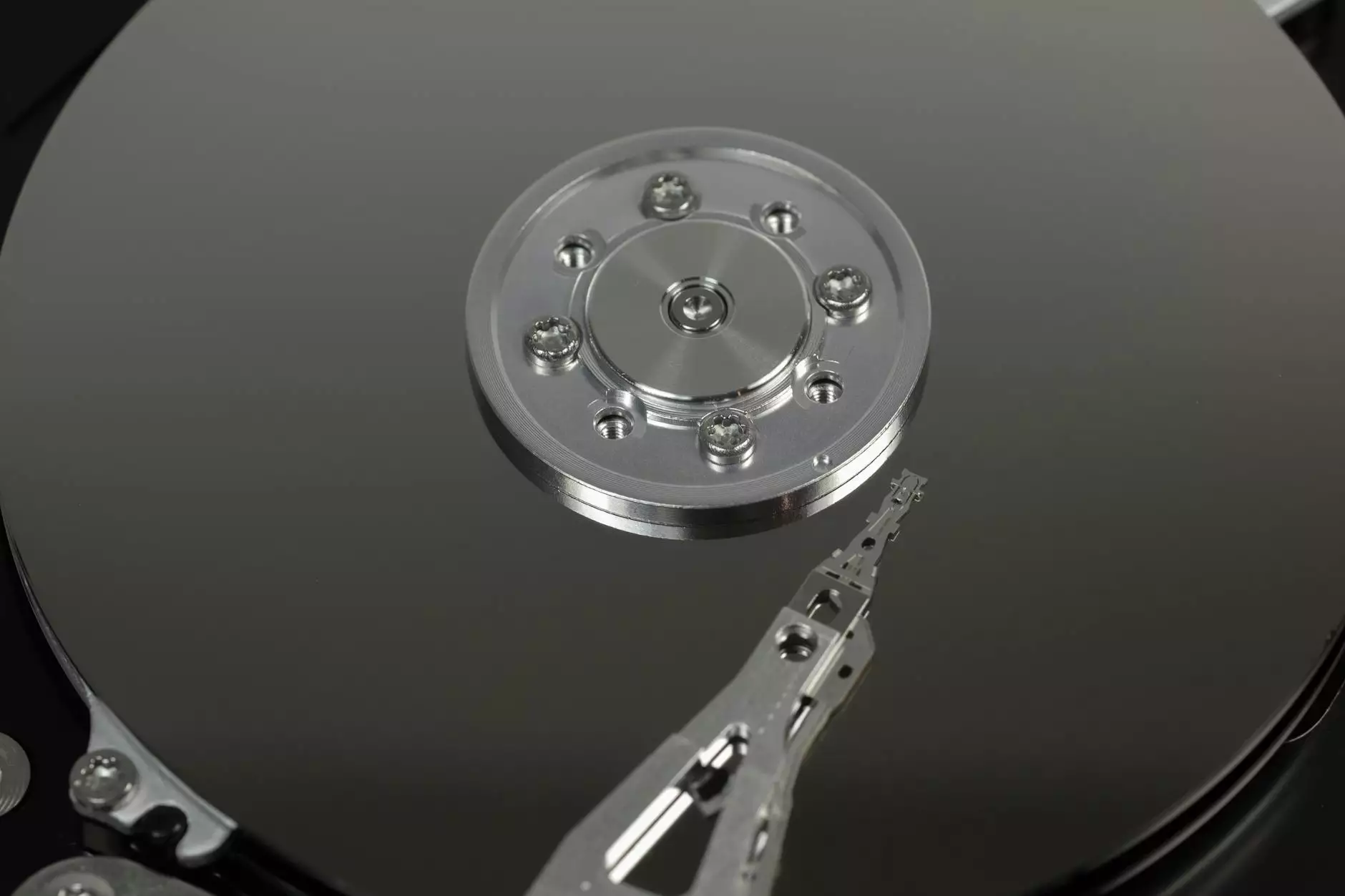The Evolution of High Density Double-Sided Floppy Disks

High density double-sided floppy disks have played a significant role in the history of data storage. In the early days of computing, these disks revolutionized the way data was saved and shared. Let's delve deeper into how these storage mediums could efficiently store vast amounts of information.
The Technology Behind High Density Double-Sided Floppy Disks
Unlike their predecessors, high density double-sided floppy disks offered increased storage capacity with the ability to store data on both sides of the disk. This innovation was a game-changer, allowing users to store more information in a compact and reliable format.
Benefits of High Density Double-Sided Floppy Disks
One of the key advantages of using high density double-sided floppy disks was the convenience they provided in data transfer. With their portability and ease of use, these disks became a preferred choice for businesses and individuals looking to share information across different systems.
Storage Capacities of High Density Double-Sided Floppy Disks
High density double-sided floppy disks came in various storage capacities, ranging from 720KB to 1.44MB. This meant that users had the flexibility to choose the disk size that best suited their needs, whether it was for personal use or professional data storage.
The Legacy of High Density Double-Sided Floppy Disks
While high density double-sided floppy disks have largely been replaced by more advanced storage technologies, their impact on the evolution of data storage cannot be understated. They paved the way for future innovations in the field of digital storage.
Conclusion
High density double-sided floppy disks were a crucial part of the data storage landscape, offering users a reliable and efficient way to store and transfer information. Their legacy lives on in the advancements that have followed in the world of digital storage.









